By: Dr. Elizabeth Eggert
As your dentists, Dr. Elizabeth and Dr. Jeff are dedicated to the care and upkeep of your smile. There’s no question that a good smile has a positive social impact. It’s also a no-brainer that healthy, clean teeth and good dental care improve your smile.
However, did you know that the act of smiling is literally beneficial to your health?
Yes, smiling is good for you. The benefits of smiling have been quantified in scientific studies.
We’re here to help you make the most of your smile by keeping your teeth clean and healthy, as well as providing cosmetic dentistry services such as whitening, veneers, and full-mouth reconstruction. If you’re proud of your smile, you just might smile more often, and boost your health in the bargain!
Here’s how smiling has measurable health benefits.
Smiling Elevates Mood, Triggering Biological Benefits
Even faking a smile can improve your mood. It can actually trick your brain into releasing hormones that make you feel good, including dopamine and serotonin. This starts a cascade of positive effects, including reduced stress, lower heart rate, reduced blood pressure, and improved mood. If a pretend smile can have all these benefits, a genuine smile is probably even better! Smiling is the simplest, easiest, cheapest and most pleasurable way to improve your cardiovascular health.
Improve Your Immune Function with a Grin
All of these physical benefits reinforce your immune system. Decreased stress levels contribute to increased white blood cell count, which releases the beneficial antibodies we depend on to combat infection and disease.
Smiling Can Extend Your Lifespan
Those biological benefits can help you live longer. One study started in the 1950’s followed a group of Major League baseball players. Those pictured with major smiles lived five to seven years longer than their fellow players.
Grinning for Pain Reduction
A smile can help moderate discomfort — even a fake one. A study compared the reported pain level of patients receiving injections. Those who smiled experienced up to 40% less pain than the straight-faced.
In other words, tending to your dental health can have a positive impact on a huge range of health factors. If you’re self-conscious about your smile, please talk to us. Let’s turn your frown upside-down, and you can smile your way to better health.



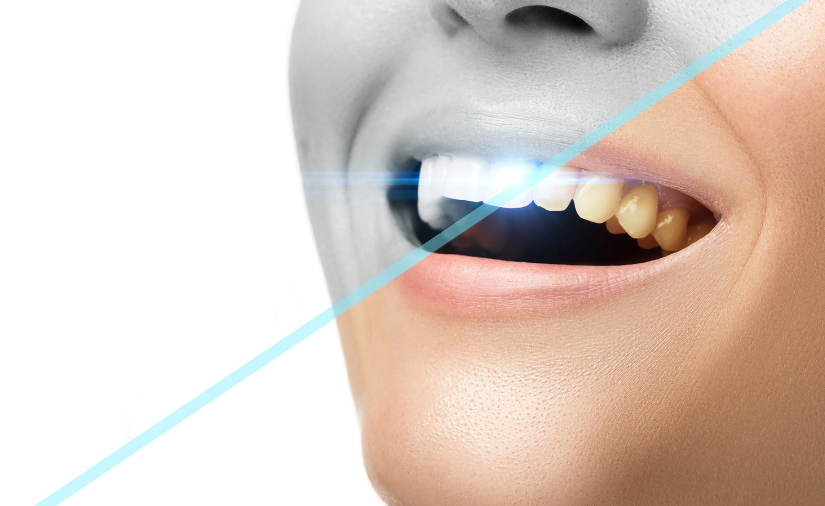


 Candy on a stick, such as lollipops or rock candy, is meant to be enjoyed over time. Because it lingers in your mouth, it increases the production of saliva. However, instead of the saliva doing its job and rinsing bacteria out of your mouth, it only spreads the sugar around. Additionally, your mouth produces acid in an attempt to destroy the sticky sugar that then coats your teeth. The acid and sugar team up to break down tooth enamel and, with repeat exposure, can result in tooth decay.
Candy on a stick, such as lollipops or rock candy, is meant to be enjoyed over time. Because it lingers in your mouth, it increases the production of saliva. However, instead of the saliva doing its job and rinsing bacteria out of your mouth, it only spreads the sugar around. Additionally, your mouth produces acid in an attempt to destroy the sticky sugar that then coats your teeth. The acid and sugar team up to break down tooth enamel and, with repeat exposure, can result in tooth decay. You might be wondering where sour candy fits into the picture. Warheads, Sour Patch Kids, Sour Skittles…kids LOVE sour candy and love to challenge themselves and their friends to eat large quantities of it or hold the sour candy in their mouths for long periods of time.
You might be wondering where sour candy fits into the picture. Warheads, Sour Patch Kids, Sour Skittles…kids LOVE sour candy and love to challenge themselves and their friends to eat large quantities of it or hold the sour candy in their mouths for long periods of time. One of the most popular categories of Halloween candy are chocolates. While many have sticky centers like Twix, Rollos or Snickers, others like Hershey’s bars and Nestle Crunch dissipate quickly in your mouth, making them more dental-friendly than almost any other candy.
One of the most popular categories of Halloween candy are chocolates. While many have sticky centers like Twix, Rollos or Snickers, others like Hershey’s bars and Nestle Crunch dissipate quickly in your mouth, making them more dental-friendly than almost any other candy.
 When you bring your baby in for their first dental visit, Dr. Elizabeth or Dr. Jeff will take a peek in their mouth and check all erupted teeth to make sure they’re healthy. Then they will discuss basic baby and toddler oral care, address the
When you bring your baby in for their first dental visit, Dr. Elizabeth or Dr. Jeff will take a peek in their mouth and check all erupted teeth to make sure they’re healthy. Then they will discuss basic baby and toddler oral care, address the 
 Buy your child a new toothbrush, a tube of
Buy your child a new toothbrush, a tube of  Check the school’s gum policy and, if it’s allowed, give your child a pack of sugar-free gum to chew after lunch to help clean their teeth
Check the school’s gum policy and, if it’s allowed, give your child a pack of sugar-free gum to chew after lunch to help clean their teeth Crunchy foods like carrots, celery and apples; limit citrus fruits which erode enamel quickly
Crunchy foods like carrots, celery and apples; limit citrus fruits which erode enamel quickly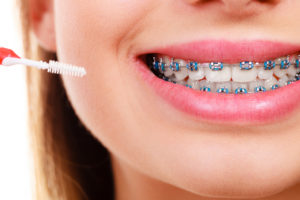 Put a travel toothbrush, a small tube of fluoride toothpaste, a container of floss and a container of dental wax in a small zipper bag and encourage them to brush their teeth after lunch
Put a travel toothbrush, a small tube of fluoride toothpaste, a container of floss and a container of dental wax in a small zipper bag and encourage them to brush their teeth after lunch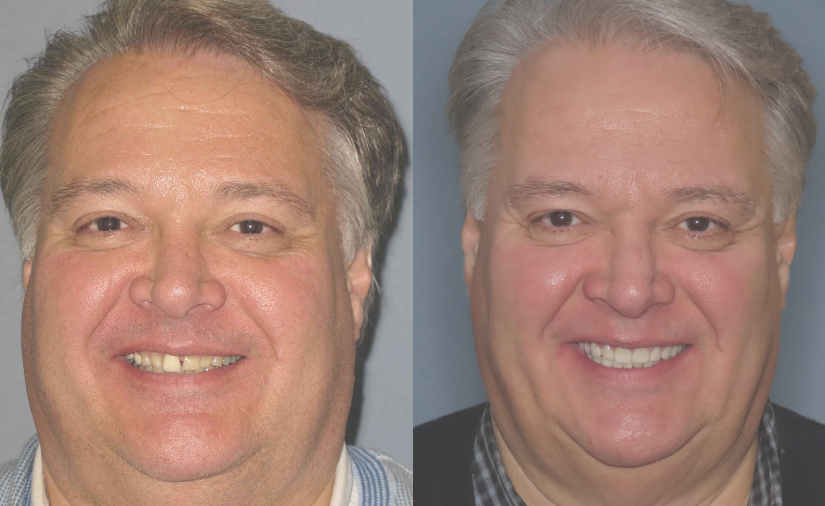
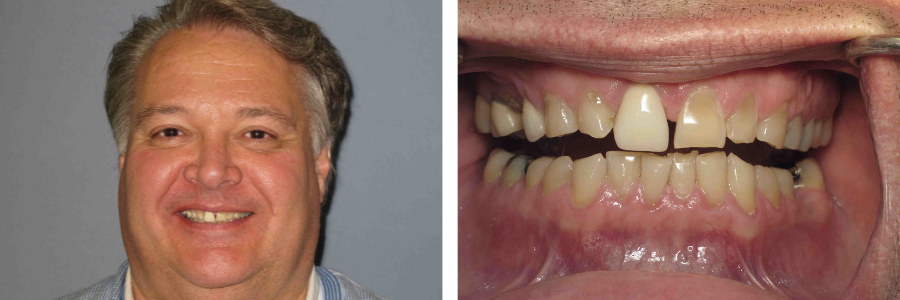
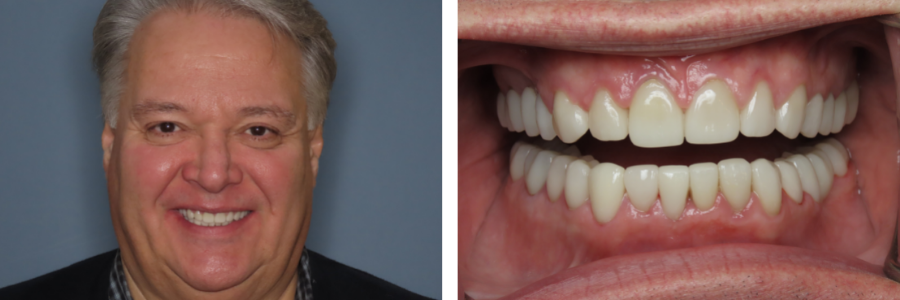

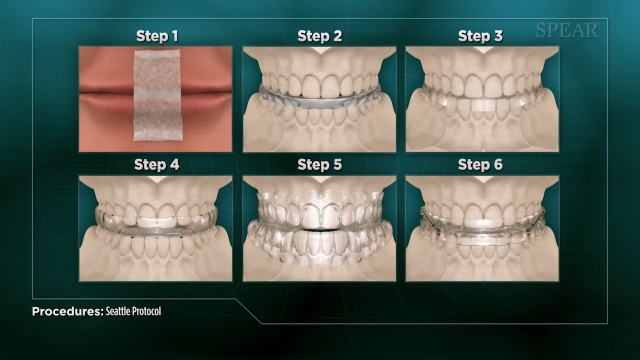

 The first time we see you for sleep apnea symptoms, we will perform an assessment for signs of structural abnormalities or any physical issues that could be contributing to airway obstruction. This could include an enlarged tongue or tonsils, a small jaw or a large neck.
The first time we see you for sleep apnea symptoms, we will perform an assessment for signs of structural abnormalities or any physical issues that could be contributing to airway obstruction. This could include an enlarged tongue or tonsils, a small jaw or a large neck. A
A